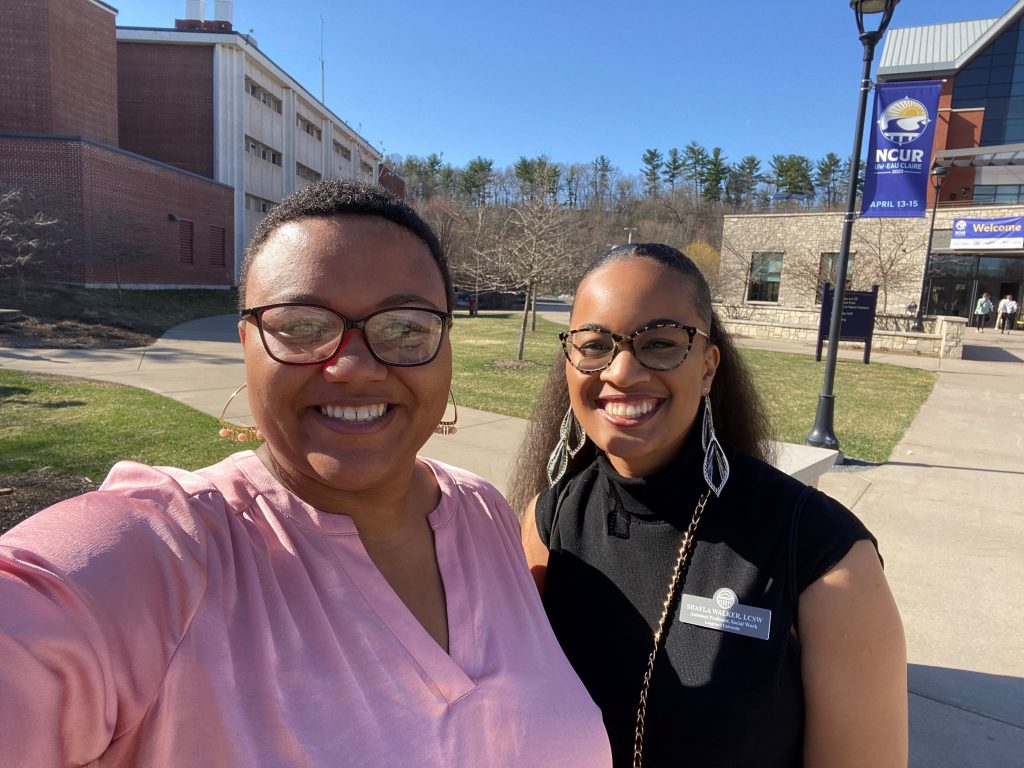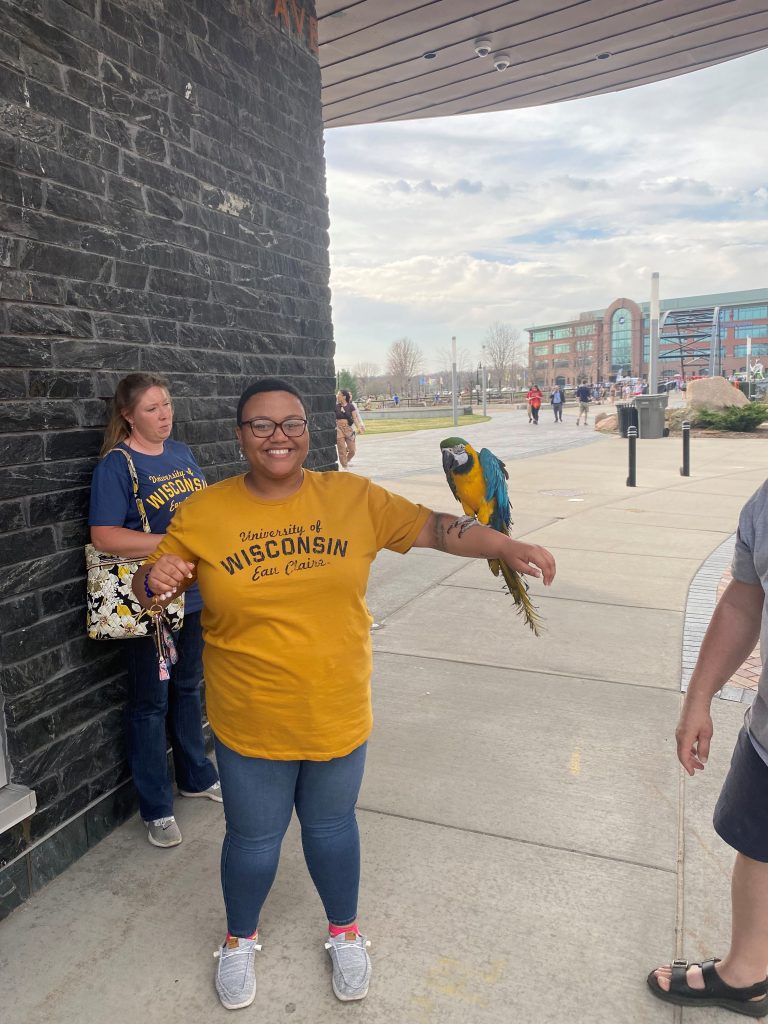Be the change you wish to see in the world.
— Mahatma Gandhi

I am only one, but I am one. I cannot do everything, but I can do something. And I will not let what I cannot do interfere with what I can do.
— Edward Everett Hale

Change will not come if we wait for some other person, or if we wait for some other time. We are the ones we’ve been waiting for. We are the change that we seek.
— Barack Obama





